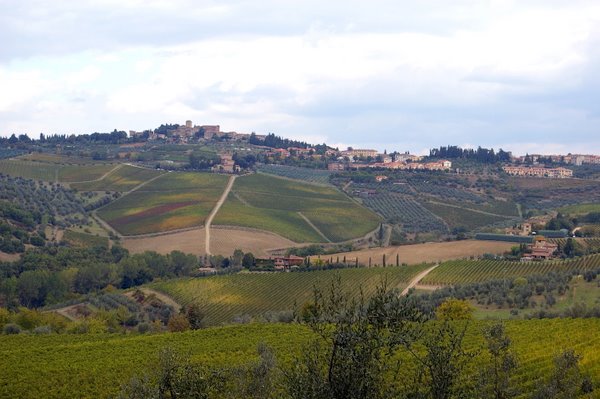Pieropan's single vineyard La Rocca is one of Italy's top wines, and one which demonstrates that Soave can indeed produce world class wines of real distinction, as opposed to the flaccid, over-produced wines that have dented the reputation of this
appelation.
If you've ever been to Venice then you've probably drunk Soave. One of many diverse local wines in the verona area, Soave is based on the garganega grape. The wines can be intense, with mineral flavours and can age well, but like so many Italian whites they are often underrated.
The Pieropans were pioneers of single vineyard Soave and produce two single vineyard wines, Calvarino and La Rocca, on which their reputation has been built. The Pieropan
website gives the following information on La Rocca...
The vineyard La Rocca is situated on the Monte Rocchetta hill, just below the mediaeval castle built by the Scaligeri family in the town of Soave. The microclimate in this vineyard produces wines with a unique perfume and distinctive taste. The grapes are picked when very ripe, often as late as the end of October, giving tremendous complexity and aromatic qualities to the wine, making it a wine of great breeding. The wine was first made under this label in 1978.
Soave Classico, La Rocca, Pieropan, 2008
Appearance: bright golden hay with a green hue
Nose: sweet honey & minerals (wet stones, reminiscent of a Vouvray)
Palette: an altogether richer feel than the Coffele Soave Classico we drank as an aperitif. A spoonful of honey, brown sugar and apricots. Initially very Meursault and then the minerals & acidity kick in to reveal a complex wine. A very long finish of honey and brown sugar.
Conclusion: a wine fully deserving of its excellent reputation. Intense and almost demi sec with a rich a creamy texture which really came out after being open for an hour. 4* 9/10























